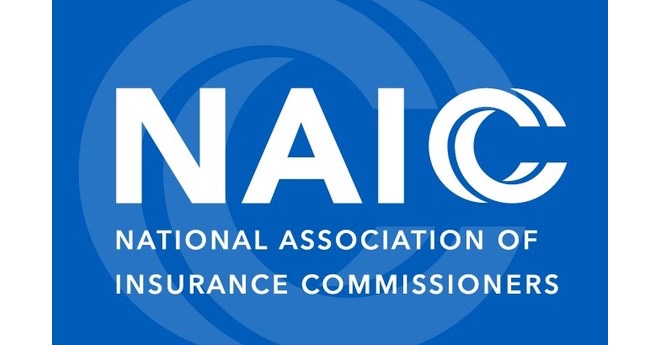Climate and Cyber Risk, National Association of Insurance Commissioners (NAIC) Protection Gaps and Transparency are 2024 Priorities.
 The NAIC recently announced its strategic priorities for this year, saying it is ready to address the common challenges and responsibilities of a more interconnected world.
The NAIC recently announced its strategic priorities for this year, saying it is ready to address the common challenges and responsibilities of a more interconnected world.
The association operates the state-based insurance regulatory system in the United States, providing insurance commissioners with expertise, data, and analysis to effectively regulate the industry and protect consumers.
“The state of Connecticut is proud to be the first state agency in the United States to support the state of the state,” said NAIC Chairman and Connecticut Insurance Commissioner Andrew N. Mace. We are more interconnected than ever before.
“NAIC's 2024 regulatory priorities reflect our commitment to pursuing innovative and effective solutions to the most pressing issues impacting consumers, the insurance industry, and the marketplace. ”

NAIC 2024 priorities include climate risk/natural disasters and resilience. The organization believes mitigation, consumer education and closer collaboration are central to tackling the threats posed by increasing climate risks.
The NAIC's proposed National Climate Resilience Strategy for Insurance would incorporate a unified approach, data collection and utilization, and resilience activities, including the launch of a comprehensive NAIC Climate Risk Dashboard to measure and assess protection gaps. stipulated.
In its work, NAIC will also seek to create new resiliency tools, advocate for pre-hazard mitigation funding and develop scenario analysis resources for state regulators, the organization noted.
Financial oversight and transparency for insurance companies is one of NAIC's priorities this year. The organization aims to increase oversight and adapt to evolving investment strategies, and has launched the Insurer Investment Regulatory Framework.
This framework is intended to reduce blind reliance on credit rating providers and modernize the role of the NAIC's Office of Securities Evaluation.
Other strategic items include the development of a state-of-the-art economic scenario generator and the continued implementation of the Asset Adequacy Testing Framework (AG 53) to improve the transparency and accuracy of cash flow assessments for insurers' structured securities holdings. included.
The NAIC is also prioritizing the marketing of insurance products with the goal of protecting consumers from deceptive and misleading insurance marketing, with state insurance regulators once again taking a multi-pronged approach to this. He points out that it is.
In addition to working with Congress and federal agencies, state insurance regulators will enhance information sharing between departments and will be hosted on NAIC.org, where consumers can view insurance company licenses and additional information, according to the NAIC. He plans to develop a tool.
Additionally, the NAIC will consider amending the Model Act to provide regulatory authority over health insurance lead generators. To further support consumers and close protection gaps for seniors, NAIC continues to urge Congress to restore state regulatory authority over the Medicare Advantage market.
Regarding race and insurance, financial inclusion and protection gaps, the organization said it is committed to leading in each of these critical areas.
It also maintained that in 2024 it will continue to identify relevant issues, stay informed, and recommend legal or regulatory changes, with a focus on closing protection gaps and increasing financial inclusion.
That final priority concerns the use of artificial intelligence (AI) and cyber risks. The rapid development of artificial intelligence (AI) not only creates opportunities, but also raises questions about consumer privacy, cyber risks, carrier needs and capabilities, and the complexity of the regulatory environment.
Its agenda includes leading major projects and initiatives that foster education and engagement opportunities and monitor and support the adoption of model bulletins on the use of artificial intelligence systems by insurers.
It also aims to study and monitor trends, propose a regulatory framework to oversee third-party data and predictive models, and complete the development of a cybersecurity event response plan.
Through the NAIC's Privacy Protection (H) Working Group, state insurance regulators are focused on the future of protecting sensitive consumer information through modernized and enhanced privacy protections.



